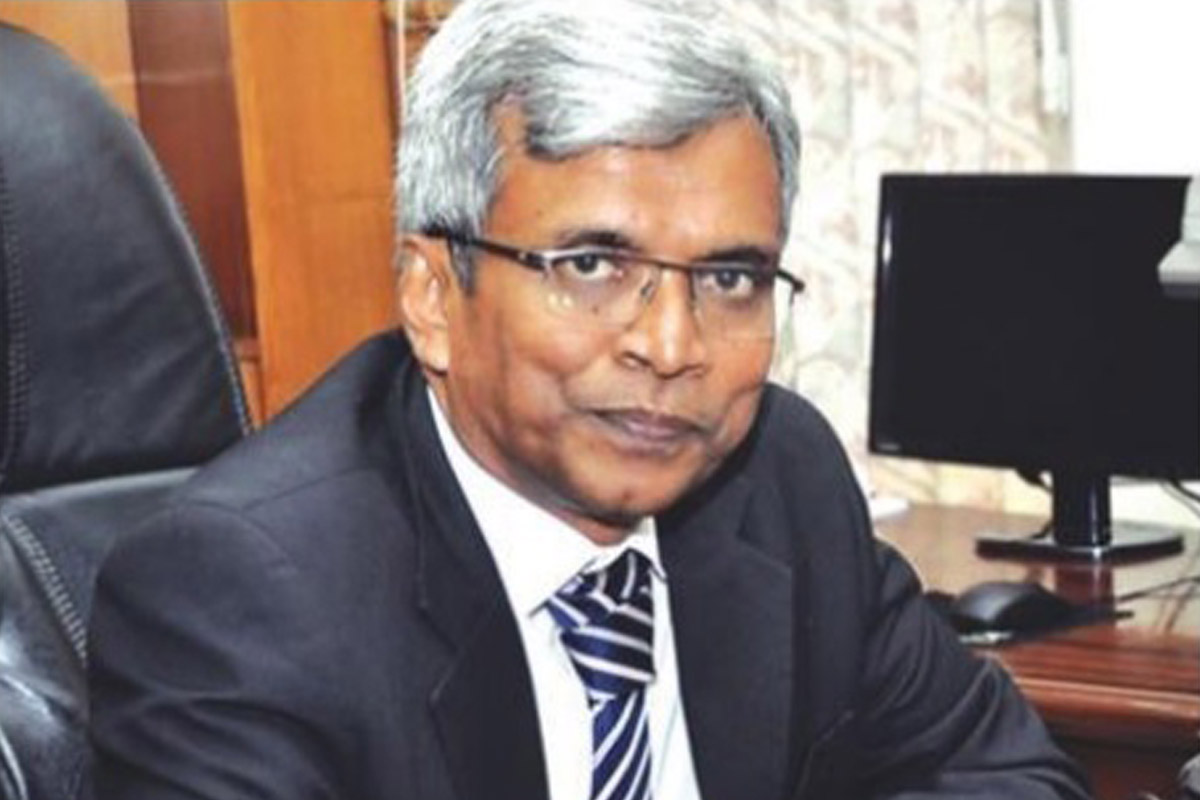The Ministry of Commerce has recognised education as a service which can be a major revenue earner for India. Given the potential India has, experts feel more should be done to attract foreign students. Study In India is a campaign being run by the Human Resource Development Ministry to help more foreign students get admission in Indian universities. Educational Consultants of India Limited (EdCIL) is administering the web portal of Study In India.
In an interview with ABHIJEET ANAND, the chairman of EdCIL, Diptiman Das, said even if foreign students’ admission is increased by two per cent, it will be an achievement. Das also spoke about EdCIL’s inputs to the MHRD on the national education policy and reforms required in the education system to attract foreign students.
Advertisement
Excerpts:
Q: What can be done to make campuses in India international student friendly?
A: They must have hostels which cater to the requirement of international students. Second there should be safety, especially for female students. Safety concerns are there in India. Third, there should be an international office and international director. There should be cultural engagement. Where do they travel during vacation? Do they get some unpaid internships? Are there community visits for them? What happens after a student finishes the course? Does he/she get some placement? Even in his home country. What about those students who are English- challenged? Is there a bridge course? The campuses will require all these as part of standard operating procedures. What is the orientation process for the student? How do you ensure that he is not feeling alienated?
Q: Is it a fact that public institutions are lagging behind in attracting international students and they need to do something for that?
A: Yes. We have found some private institutions, particularly the larger ones, are more hungry to get foreign students… Government institutions predominantly get admissions through scholarship route like ICCR, or Study in India scheme, whereas private universities get a lot of selffinanced students. Government institutions can do more by engaging with Study in India scheme and get benefited.
Q: Is there a possibility of setting up campuses of Indian universities in other countries?
A: Yes, some institutes like Amity have set up campuses abroad. Till now, it has been a slow process. It is for the individual institution to make the choice.
Q: Are reforms necessary in the education system to attract foreign students?
A: Yes…a few reforms that I can think of is we should have two academic sessions. Timing mismatch affects us in a big way. Some of the feeder institutions overseas complete their sessions in July. By then our admissions are over. But in the UK and US, they all have two academic sessions. If we had a second session starting in December, that would certainly help. This is an area for UGC, these are reforms which can come through UGC. Second, there should be no cap on the number of international students you can get. Some of the more successful institutions complain that even the 15 per cent supernumerary seats are not adequate. That’s another area where some reforms would be required.
Q: How is the education sector contributing to the ‘Digital India’ initiative?
A: First of all, the sector itself is a user of a lot of digital products. In terms of virtual classrooms, smart classrooms, ERP in education, content… MOOCs which is massive open online content, a lot of online coaching. This sector is huge. We have 30 crore students in the school system and 3 crore students in higher education. So, we believe digitisation is the future of the sector.
Q: Do you think teachers also need some training to use the digital platform?
A: To start with, training is an important component. Because there should be clarity on whether digitisation is replacing or supplementing teaching. Content has to be accordingly made. Teachers should have comfort in that area. It is an attitudinal change. Hence training component is very, very important. Second is that teacher training itself can be driven by digitisation. We have 77 lakh school-teachers in India. Even if you have to train one per cent, it is 77,000 teachers. This cannot be done on a physical medium. IT platform has to be created. Teachers have to take the training through this.
Q: Massive Open Online Courses (MOOCs) through Swayam have been launched but online exams are still not being held.
A: We have not started online exams. It will happen gradually. The good news is that UGC permits 20 per cent of the credit in a course through online courses. We have a massive online portal called Swayam which is run by HRD ministry. The portal has more than one crore users. More than 20 per cent credits can be taken. Exam is held separately. But the learning happens online. So that is a move in the right direction. It is a matter of time before online exams will also get integrated with this. Online examination is also being planned to be made a part of the online courses.
Q: Has EdCIL given some inputs on the Education Policy?
A: Yes. We were part of the Education Quality Improvement Programme (EQUIP) exercise wherein our inputs in several areas, including internationalisation, funding, quality, access, research and other areas were taken.
Q: Does the final draft of the education policy have the Internationalisation of Education concept?
A: Yes, the final draft will have a component on internationalisation of education. It is one of the themes. I am sure, there would be components on student recruitment, faculty secondment, student exchange, niche courses, setting up of institutions for internationalisation and agreements with countries. These features should happen so that our campuses become more internationalised.
Q: The Union HRD Minister was part of the general conference in UNESCO. There were bilateral talks. What do you think would be the outcome?
A: UNESCO is a big platform. If we have a major presence, it will help us in student recruitment. This will help us in entering into more country- level MoUs, we will mutually recognise each other’s courses. We will also remove irritants or bottlenecks in terms of student movement and visa rules. UNESCO is a good platform. Our visibility there should go up.
Q: How is the HRD ministry collaborating with other ministries to facilitate international students?
A: We are in touch with Ministry of Home Affairs which provides the visas. We are also in touch with Ministry of External Affairs which executes the visa operation. We are also in touch with Ministry of Commerce which funds through their champion services. Champion services are a few services which are now considered as major revenue earners for India.
Q: How is the language problem of the foreign students resolved?
A: Once the Indian Scholastic Aptitude Test comes up, we will test their language competence before their arrival. Second, bridge courses are being offered duly supported by Study In India and now run by institutions also. These bridge courses also help. Very often, students undergo their mainstream course and at the same time try to get exposed to better language competence through these courses. These two definitely help foreign students.
Q: Are there some state universities that interest foreign students?
A: Andhra University is one where a lot of foreign students are interested. It is a state university. It is doing well. It is purely now on a personal initiative. We want this to become a process-driven activity. Central universities, state universities, private universities and institutes of national importance…We want them to get integrated, create standard processes so that more foreign students arrive and have a better experience.











